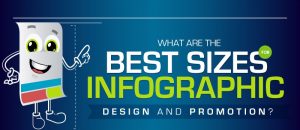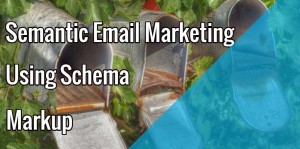There’s been a lot of debate as to the exact definition of native advertising. Still, there is general consensus in the industry that the definition from the IAB Native Playbook is on point: “[Native advertising refers to] paid ads that are so cohesive with the page content, assimilated into the design, and consistent with the platform behavior that the viewer simply feels that they belong.”
Despite the debate around native advertising’s definition, one thing’s certain: there are many great ways for advertisers to incorporate native into their advertising mix.
Here’s a brief summary of some of the most popular native formats and the leaders in each, according to the IAB Native Playbook.
In-Feed Units

In-feed ads are the most popular form of digital native ads. These are ads that generally have content that’s related to the surrounding content and is contextual. They can either link to other sponsored pages on a publisher’s site or may link to a brand page, video, or other content. Publishers most commonly sell these types of ads either through guaranteed placement on a certain page or through a broad category, such as “sports” in Yahoo. Ad performance is most often measured through brand lift, CTR, and conversions.
Paid Search Units

Paid search native ads blend into the native search results on the publisher SERP. They are generally located before the actual search results, and the format depends on the individual publisher, as each one has their own style and layout. These ads link to the advertiser’s landing page and are typically sold with guaranteed placement. Performance for paid search native ads is measured by conversions.
Recommendation Widgets

Recommendation widgets are the most similar to traditional display ads. The format of the ad does not necessarily match the native of the page that it’s on, and the ad is delivered through a “widget.” As the name suggests, these ads are presented to consumers as content they may be interested in and links to separate pages. The performance of these ads is usually measured through brand lift and interaction.
Custom /”Can’t Be Contained”

There are many other native formats that are not easily bucketed and unique in their own way. However, just because these ads don’t fall under one of the more recognizable formats doesn’t mean they’re not effective. A prime example of this is Pandora. With radio station ads displayed across devices and even in ads on connected cars, they’ve reached the number two spot in terms of total digital unique visitors, second only to Facebook.
To learn more about native advertising and how you can use it to attract audiences, check out our latest white paper, created jointly with Yahoo, The Essential Guide to Native Advertising: The Rise of a Digital Ad Format and Best Practices for Commanding Audience Attention. Also be sure to register for our 9/24 webinar, Your Guide to Native Advertising: Best Practices for Commanding Audience Attention.
Digital & Social Articles on Business 2 Community(108)
Report Post






